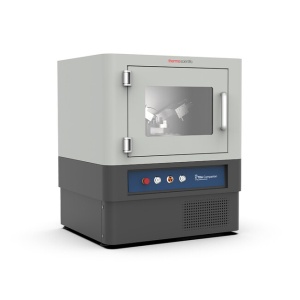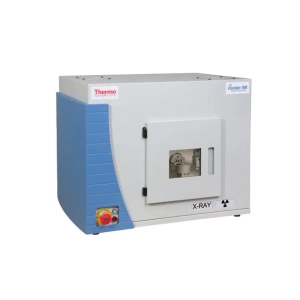X-ray diffraction (XRD) is among the most effective non-destructive tools for identifying and characterizing polycrystalline materials with respect to their crystallography, polymorphic structures, phases and crystallinity changes. By measuring the diffraction angle of a primary X-ray beam according to Bragg’s Law (λ = 2d sinθ, with λ: wavelength, d: d spacing, θ: diffraction angle), it is possible to characterize and identify various polycrystalline materials in many research and industrial applications.
Many XRD solutions are routinely used in sectors as varied as applied materials, geological samples, pharmaceuticals, nanomaterials, and more. Sometimes for some characterizations in routine quality assurance and control of raw materials (cement, metals, etc.), it’s preferable to use integrated instrumentation like X-ray diffraction and fluorescence (XRF-XRD).
Understanding the structure of your materials can help you adapt to new challenges unique to your research or industrial domains. We offer the products, services and technologies to help you understand your materials, regardless of the application.
Most typical applications include:
- Geology, mining, and minerals
- Polymers, catalysts, chemicals
- Pharmaceuticals
- Glass/Ceramics
- Energy materials
- Materials science
- Metals and other applied materials
- Nanomaterials
- Thin films
- Semiconductors
- Teaching
Various attachments are used with our ARL EQUINOX powder X-ray diffractometers for making acquisitions in real time thanks to fast detectors and for measuring the sample under different forms and environments, to study high or low temperature phase transitions, to define thin film characteristics and other properties.
X-ray Diffraction (XRD)
Thermo Scientific™ ARL™ X’TRA Companion X-ray Diffractometer
X-ray Diffraction (XRD)


